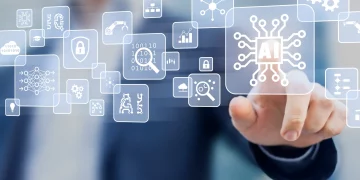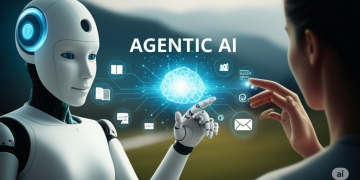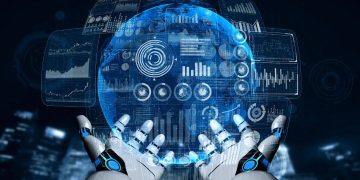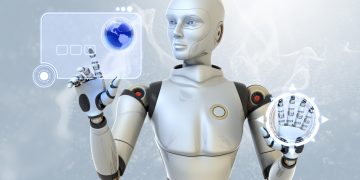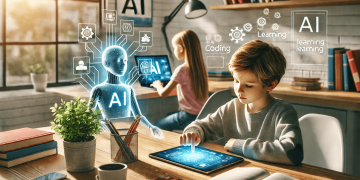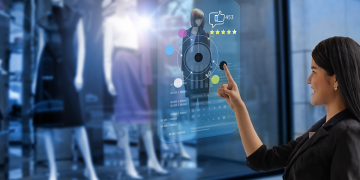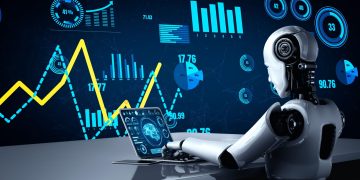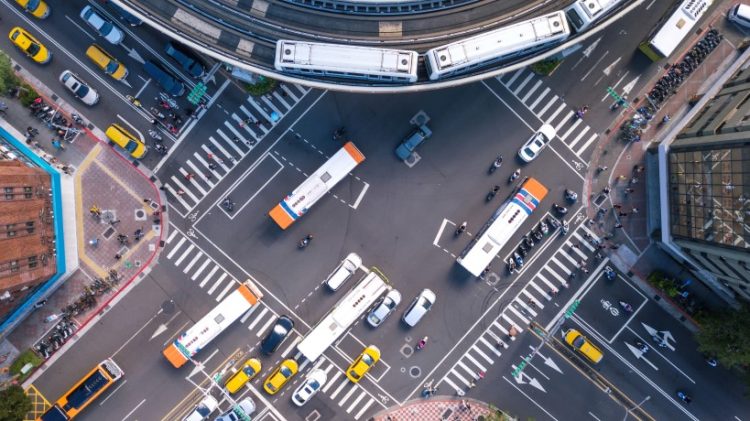Artificial Intelligence (AI) is increasingly viewed not just as a tool, but as a foundational technology shaping the future of smart cities. Among the many sectors AI touches, transportation stands out as one of the most critical—and transformative. Efficient, safe, and intelligent transportation systems are at the heart of urban sustainability, mobility equity, and economic growth. AI, with its ability to process vast amounts of data, learn from patterns, and make real-time decisions, is rapidly becoming the engine behind these systems.
This article explores how AI is being integrated into transportation, why it is essential for smart cities, and what future possibilities it unlocks.
1. Intelligent Traffic Management: Reducing Congestion in Real Time
Urban congestion costs cities billions annually in lost productivity, fuel, and emissions. Traditional traffic management systems rely on static signals and fixed schedules, often failing to adapt to dynamic conditions. AI-based systems, on the other hand, use real-time data from sensors, cameras, and GPS devices to optimize traffic flow across entire urban networks.
Example: Hangzhou’s City Brain (China)
Alibaba’s “City Brain” system uses AI to manage traffic lights in real time, reducing congestion by analyzing video feeds and traffic flow data. In pilot zones, average travel times have dropped by up to 15%, and emergency vehicles reach scenes faster.
Why it matters: Intelligent traffic control is essential for both day-to-day efficiency and crisis response. As urban populations grow, cities cannot rely on infrastructure expansion alone—they must become smarter with what they already have.
2. Autonomous Vehicles (AVs): Redefining Urban Mobility
AI powers the sensing, perception, and decision-making systems that make autonomous vehicles possible. From self-driving cars to last-mile delivery robots, AI is enabling vehicles to interpret complex environments, anticipate human behavior, and operate safely without human input.
Example: Waymo (USA)
Waymo, a subsidiary of Alphabet, operates an autonomous ride-hailing service in Phoenix. Its AI system integrates LiDAR, radar, computer vision, and deep learning to navigate city streets with minimal human intervention.
Why it matters: Widespread AV adoption could reduce traffic accidents (over 90% of which are caused by human error), cut transportation costs, and unlock mobility for populations unable to drive—such as the elderly or disabled.
3. AI in Public Transit: Smarter, More Adaptive Networks
AI helps public transit agencies improve service reliability, optimize routing, and better align supply with demand. Machine learning models analyze ridership patterns, weather, events, and real-time conditions to make transit systems more efficient and user-friendly.
Example: Transport for London (UK)
TfL uses AI to analyze Oyster card data, weather, and events to anticipate passenger flows and optimize schedules. During large public gatherings, the system automatically deploys more buses or reroutes service to minimize disruption.
Why it matters: Public transit remains a lifeline for urban mobility. AI can make it more dependable, responsive, and cost-effective—key pillars for sustainable urban development.
4. Smart Parking Solutions: Reducing Idle Traffic and Emissions
A significant portion of urban traffic—often cited between 20%–30%—comes from drivers searching for parking. AI-driven parking platforms can predict spot availability, optimize space usage, and reduce cruising time through intelligent guidance systems.
Example: SFpark (San Francisco, USA)
The SFpark program uses real-time data from parking meters and sensors to dynamically price parking and inform drivers of available spaces. AI models help determine which areas need pricing adjustments or demand management.
Why it matters: Smart parking not only reduces traffic and emissions but also improves the overall urban experience by reducing stress and time loss.
5. AI for Predictive Maintenance of Infrastructure and Vehicles
Maintaining the safety and reliability of urban transport infrastructure—roads, bridges, buses, trains—is a complex and costly challenge. AI enables predictive maintenance by analyzing sensor data from assets and vehicles to forecast when repairs or replacements are needed.
Example: Deutsche Bahn (Germany)
Germany’s national railway uses AI to monitor train components and predict failures before they happen. This minimizes unplanned downtime and improves service reliability.
Why it matters: Predictive maintenance helps cities allocate resources efficiently, prevent breakdowns, and extend the lifespan of critical infrastructure—essential for the resilience of smart cities.
6. Enhancing Multimodal Transportation Integration
In a smart city, mobility should be seamless, whether you’re biking, using a ride-hailing app, riding a train, or walking. AI facilitates the integration of various transportation modes by predicting demand, coordinating schedules, and recommending the fastest or most sustainable routes to travelers.
Example: MaaS (Mobility-as-a-Service) platforms
Apps like Whim (Finland) or Citymapper (UK) use AI to help users plan trips combining multiple transport methods—public transit, scooters, taxis, bike sharing—based on real-time conditions and personal preferences.
Why it matters: AI helps cities transition from siloed transport services to integrated mobility ecosystems that put the user at the center.
7. Data-Driven Urban Planning and Policy Making
AI doesn’t just optimize today’s transportation—it helps design tomorrow’s. By analyzing movement patterns, environmental data, and user behavior, AI provides actionable insights for planners and policymakers.
Example: Sidewalk Labs (formerly Alphabet-affiliated)
Sidewalk Labs used AI to simulate urban development scenarios, optimizing land use and mobility infrastructure before construction even began.
Why it matters: Data-driven decision-making enables smarter investments, reduces planning risks, and aligns transportation with broader urban goals such as equity and sustainability.
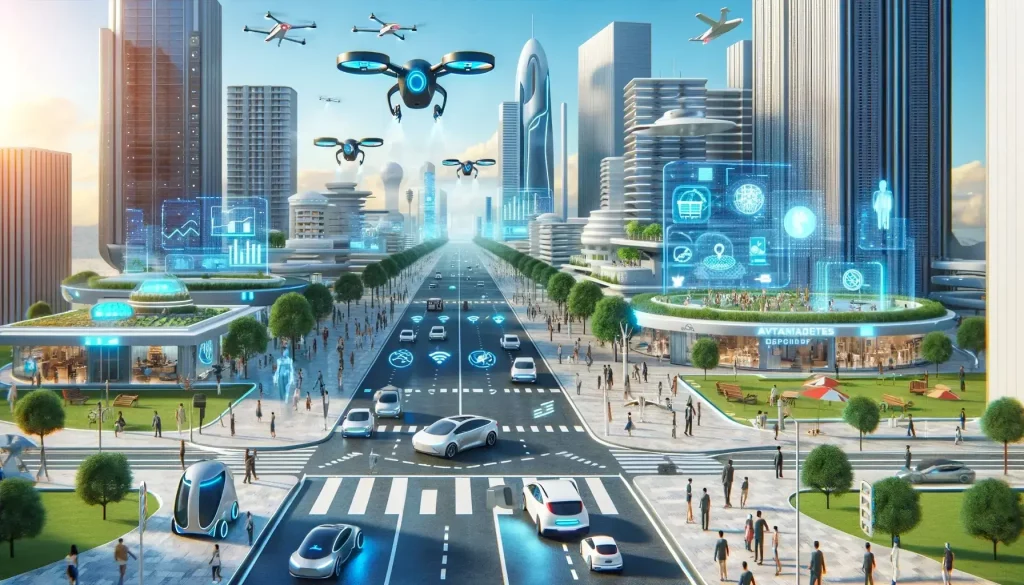
Why Transportation AI Is the Smart City Foundation
Transportation touches every aspect of urban life—economy, environment, social inclusion, and quality of life. When transportation systems become intelligent, they create a ripple effect:
- Economic efficiency through reduced delays and smarter logistics
- Environmental sustainability through lower emissions and optimized mobility
- Public safety via fewer accidents and faster emergency responses
- Accessibility by enabling transport for all demographics
- Urban livability through less congestion, noise, and stress
AI enables cities to achieve these goals not by building more roads or buses, but by using the existing infrastructure more intelligently.
Challenges and Ethical Considerations
Despite the promise, deploying AI in transportation also raises important challenges:
- Privacy concerns from surveillance-based traffic systems
- Bias in AI models affecting transport equity for certain communities
- Cybersecurity risks as transport networks become more connected
- Job displacement in roles like driving or dispatching
- Dependence on private tech firms, which may not align with public interests
Addressing these requires transparent governance, inclusive design, and ongoing regulation to ensure that smart transportation remains equitable, ethical, and accountable.
Conclusion: Building Smarter Cities Starts with Smarter Mobility
Artificial Intelligence is transforming transportation from a reactive, rigid system into an adaptive, user-centered service. As we move toward smart cities capable of responding dynamically to population growth, climate change, and technological disruption, AI will be the invisible infrastructure supporting every journey.
In this vision of the future, transportation is no longer just about moving people from A to B—it’s about connecting cities intelligently, sustainably, and inclusively. And AI is the key that unlocks that transformation.





